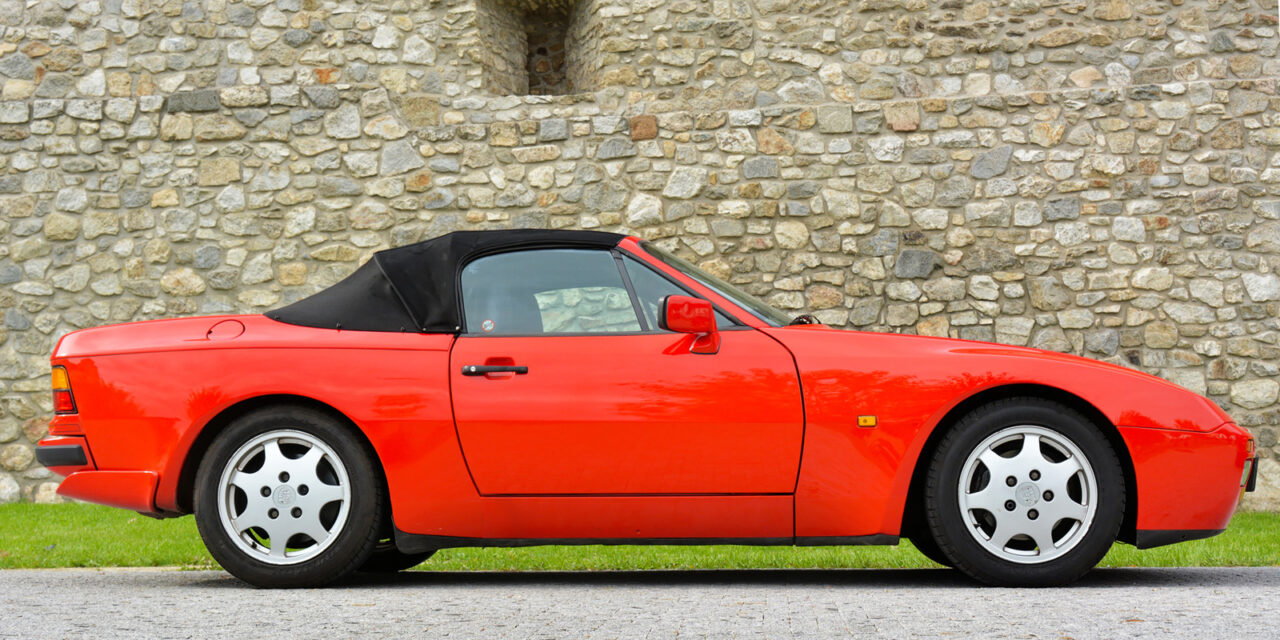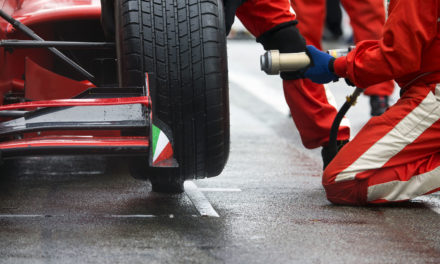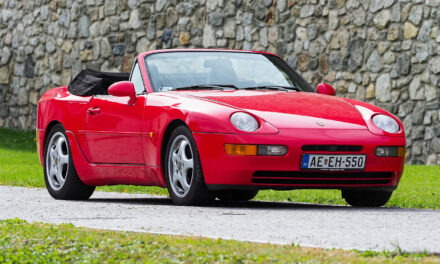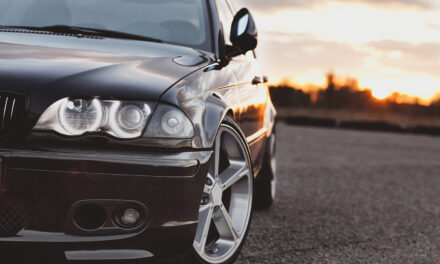The Porsche 944 is proof that balance and precision are the true cornerstones of timeless engineering.
-Wilson Alvarez
The Porsche 944: A Timeless Classic That Defined the 80s
The Birth of the Porsche 944
The Porsche 944 first hit the roads in 1982, designed as a bold evolution of the Porsche 924. While the 924 was criticized for its lackluster performance, the 944 aimed to deliver a more powerful, refined, and exciting driving experience. With a focus on affordable luxury and brilliant engineering, the 944 bridged the gap between accessible sports cars and Porsche’s high-performance reputation.
“Design is not just what it looks like and feels like. Design is how it works.” – Steve Jobs
This philosophy captures the essence of the 944: a car that looks iconic and drives even better.
Production Timeline: 944 Through the Years
The Porsche 944 was produced from 1982 to 1991 and offered several notable variations:
- 1982: The base 944 launched with a naturally aspirated 2.5L inline-4 engine.
- 1985: The 944 Turbo (951) arrived, adding serious power and performance with a turbocharged 2.5L engine.
- 1987: The 944 S introduced a 16-valve engine, producing 190 hp.
- 1989: The 944 S2 featured a 3.0L engine, one of the largest 4-cylinder engines in production, producing 208 hp.
- 1991: Production ended, and the Porsche 968 debuted, carrying much of the 944’s DNA into a new era.
Design: Bold, Timeless, and Functional
The 944’s flared fenders, wide stance, and wedge-shaped profile made it a design icon of the 1980s. Its styling was heavily inspired by the Porsche 924 Carrera GT, with added muscularity for a sportier look. Turbo models received aerodynamic enhancements like a vented nose panel, a front air dam, and a rear spoiler, further enhancing their visual appeal.
Inside, the cabin prioritized functionality. The driver-focused layout was simple yet effective, though some may find the interior dated by today’s standards.
Performance and Variants
The Porsche 944 gained fame for its perfect 50/50 weight distribution and transaxle design, which made it one of the best-handling cars of its era. Enthusiasts often praise its sharp steering, responsive handling, and reliability on winding roads.
- Base Models: Adequate for daily driving but lacked the raw power of later variants.
- 944 Turbo: With up to 250 hp in later models, the Turbo delivered blistering performance, rivaling more expensive sports cars.
- 944 S2: Offered the largest engine in the lineup with a refined balance of power and usability.
The Good, The Bad, and The Ugly
The Good:
- Handling Masterpiece: The 944’s balanced chassis and precise steering make it a joy to drive.
- Affordable Porsche Experience: Offers an entry point into Porsche ownership without the hefty price tag of a 911.
- Practical Design: A spacious hatchback and comfortable interior make it suitable for daily use.
- Turbocharged Performance: Turbo models deliver thrilling acceleration and speed.
The Bad:
- Maintenance Costs: Regular maintenance (like timing belt replacements) is expensive, and neglected examples can drain your wallet.
- Aging Components: Electrical systems and interior materials can be problematic in older models.
- Underwhelming Base Models: Early non-turbo models can feel underpowered by modern standards.
The Ugly:
- Common Mechanical Issues: Timing belt and water pump failures are catastrophic if neglected.
- Rust Problems: Poorly maintained examples are prone to rust, especially in humid climates.
- Turbo-Specific Concerns: Turbos can suffer from cracked exhaust manifolds and aging turbos, leading to costly repairs.
Common Mechanical Problems
Owning a Porsche 944 means embracing some quirks and challenges:
- Timing Belt and Water Pump: These require replacement every 30,000–45,000 miles. Failure can result in severe engine damage.
- Oil Leaks: Commonly found around the camshaft housing and oil cooler seals.
- Cooling System: Aging radiators and hoses are prone to leaks.
- Clutch Wear: Clutches can wear out sooner due to spirited driving.
- Electrical Gremlins: Failing wiring and old electrical components are common headaches.
Legacy of the 944
The Porsche 944’s production run may have ended in 1991, but its legacy lives on in the Porsche 968, which carried forward much of its design and engineering. Today, the 944 is a beloved classic, known for its unique blend of affordability, performance, and Porsche prestige.
Conclusion: Should You Buy a Porsche 944?
The Porsche 944 remains one of the best entry-level Porsches for enthusiasts. Its exceptional handling, iconic design, and practical nature make it a compelling choice. However, it’s essential to find a well-maintained example and budget for ongoing maintenance. For those willing to put in the effort, the 944 offers an unforgettable driving experience that’s hard to beat.
Takeaway: The Porsche 944 embodies the perfect mix of performance, practicality, and classic charm. Whether you’re driving a base model or a turbocharged variant, it’s a car that delivers on every level.
Call to Action
Are you ready to experience the thrill of driving a Porsche 944? Let us know in the comments! If you already own one, share your favorite memories and tips for maintaining this timeless classic.





